
In March, I traveled to Swaziland and Lesotho via South Africa to conduct field research on behalf of Pact International with another researcher, Dow. The second half of our research team went to Tanzania. While I won’t get into the specifics of what we were researching for Pact, I’d like to use the next few posts to introduce readers to Southern Africa and highlight some of Pact International’s and their implementing partners’ work there.

We flew into Johannesburg on Friday, March 9th and traveled to Mbabane (pronounced ba’BAHN), the capital of the Kingdom of Swaziland, on Sunday. The details of our time in South Africa at the beginning and end of the trip will be the topic of a future posting. Swaziland is effectively the last absolute monarchy in Africa, and is nearly surrounded by South Africa with the exception of a small stretch of eastern border with Mozambique. Manzini in central Swaziland is the country’s largest city and former capital up until it was destroyed in 1902 during the Anglo-Boer war. The British transferred the capital from the lowlands to the highlands given the more favorable climate.
A Bit About Swazi…
Swaziland has a population of just over 1.1 million. Over 75% of the population relies on subsistence farming and 60% live on less than the equivalent of $1.25 USD per day. Swazi’s HIV/AIDS infection rate is believed to be the highest in the world at over 26% of adults and 50% of adults in their 20s.

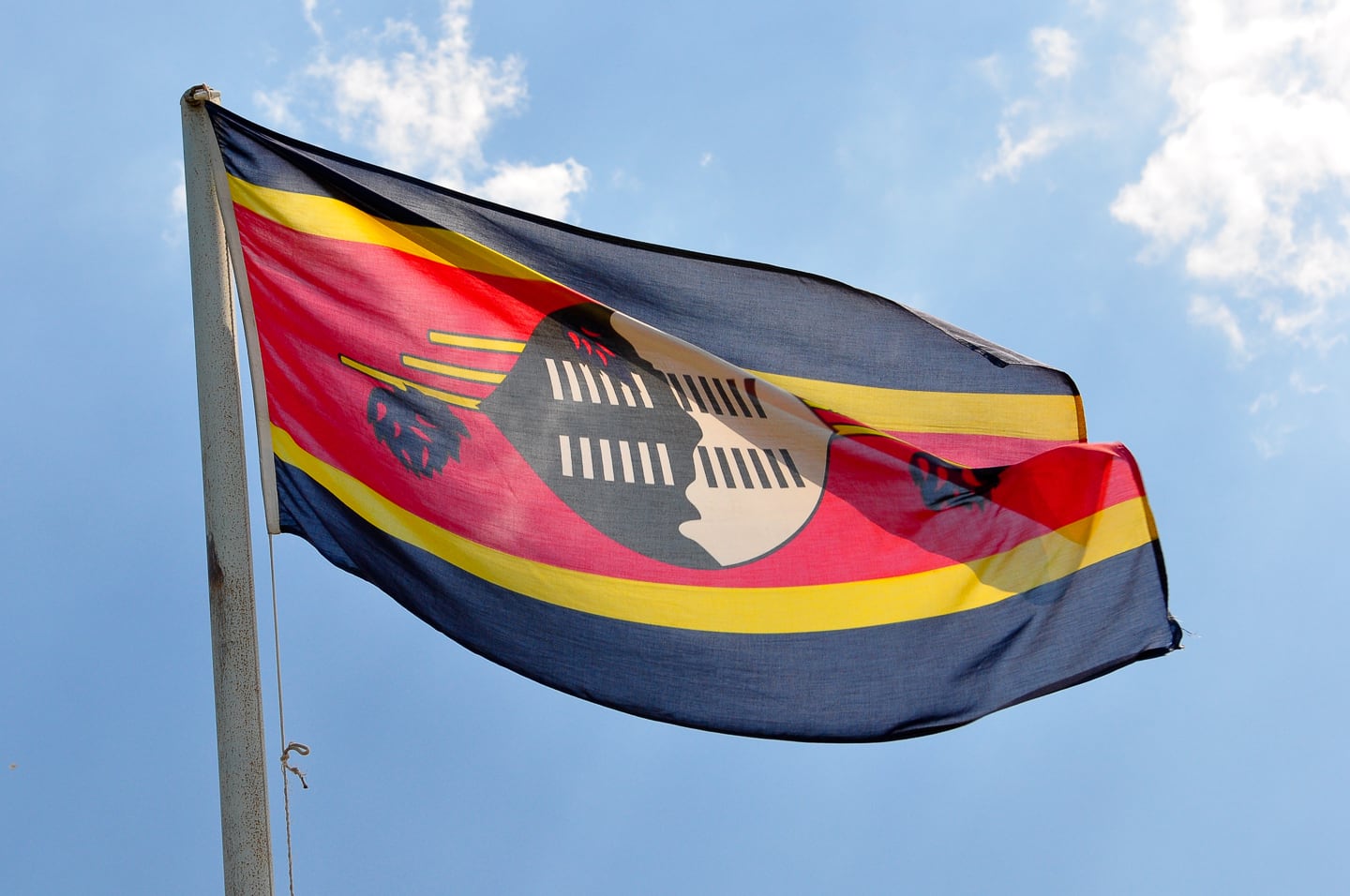

The Assignment…
Our team has been assisting Pact with developing their next generation of global indicators to measure progress made in Pact’s livelihoods programs throughout the world. It hasn’t been the easiest task, given that your essentially trying to make a shoe that will fit hundreds of different sizes of feet while trying to inflict the least amount of pain for any one particular foot. Prior to arriving in Swazi, our team had conducted weeks of research to inform our proposed framework. But program documents and journal articles can only tell you so much. We ultimately had to be able to answer one primary question: Would this single measure that we had developed which worked well in theory be able to work well in practice?

The first site we visited in our quest to test our framework was Hlutsi. One can hardly call Hlutsi a town, because it really isn’t one. It is a collection of small villages quite far from any urban area. Hlutsi is located in the lowlands of south-central Swazi, which we understand get sweltering hot. Luckily, however, the temperature was a balmy mid-70s during our late-“summer” visit, a clear indication to locals that “winter” is right around the corner.
While we’re talking about Pact, I suppose it would be helpful to mention Pact’s three core values:
1. Seeking local solutions which are created with the people Pact serves;
2. Fostering partnerships which deepen impact and promote empowerment;
3. Effect measurable results which transform lives by making them measurably better.
This is important for understanding the programmatic context in Swazi, given that most of the projects we visited were actually started by individuals in the community or by local community-based organizations. This is not how it has typically worked over the years in foreign aid or international development, but in recent years there appears to have been a global shift to this sort of development, and absolutely for the better in my opinion. Instead of riding into some remote community with a project plan concocted in Washington, there’s more opportunity for incorporating more local voices into the process. Will development ever be fully 100% driven by local people? Likely not, as long as outside parties are funding projects, but it’s certainly a step in the right direction.


Something else important to mention perhaps are Pact’s three areas of primary focus:
+ Health
+ Livelihoods
+ Natural Resource Management
Our team’s work mainly deals with Pact’s work with creating and expanding livelihoods options for people. More specifically, we’ve been looking at the hundreds of potential ways to measure success in this area over a wide swath of projects.
Women’s Savings Groups
The projects we looked at in Swazi were predominately part of Pact’s WORTH initiative, focused on empowering women through training and support for savings and loan small groups and income generating activities (IGAs). Women generally form groups of 15-20, and meet regularly to contribute money to a communal savings pot. In addition to receiving encouragement in the act of saving, group members also receive skills training and opportunities to sell handicrafts. In Hlutsi, there are few resources at the groups’ disposal and essentially no market for products made beyond their own small group (save for the occasional traveler or development worker), but perhaps the greater point of the initiative is to help provide an additional opportunity for women of all ages to gain skills and confidence they might not be able to acquire otherwise.

The theory of change behind all of this is that increasing the skills, education and confidence of women has a direct impact on the well-being of their children, their household, and their community. But we also mustn’t overlook the crucial other half of the equation that encompasses men, which are of course an integral part of all of this too (and at the heart of my work in Mozambique), but we’ll save that discussion for another post. The projects which Pact is funding and their partners are implementing in places like Hlutsi serve a specific purpose and are unquestionably valuable in addressing needs but also serve a greater purpose by increasing individuals’ capabilities and expanding the notion of what is possible.





Hlutse Secondary School Projects :: Orphans & Vulnerable Children (OVCs)


So the women are saving; they’re selling handicrafts and homemade goods; they’ve got increased access to capital. What do you suspect they’re doing with the money? Another aspect of the WORTH groups is indeed what they spend the money on, but it may surprise you (or if you’ve ever known a mother in rural Africa, maybe not). In this community, like others that we visited, the women use much of the money to support orphans and vulnerable children (OVCs) in their community. They also support children and youth in other ways, such as leading skills training which they also may fund.

Financial support may go towards paying school fees, feeding, or other needs for at-risk children. Some examples of areas in which youth may receive skills training that we observed were chicken raising, floor-wax making, and community gardens.

Due to a number of factors, this region of Swaziland is in the midst of a severe drought. Consequently, the water table has dropped significantly in the past few years causing water wells to frequently run dry. While recent efforts have brought some water to the outlying agricultural areas through the construction of small reservoirs, there is limited infrastructure for transporting the water to villages such as Hlutsi. Villagers frequently rely on these water trucks as their primary source of water.


As mentioned above, another OVC skills building project are community gardens. They are growing sorghum and squash in this particular one.




The amazing young woman above [center] oversees a floorwax making business in her community. Floor wax is an important commodity in many parts of Africa given that many buildings such as schools and some homes have concrete floors which frequently need waxing to protect them and keep them looking their best. Hence, there’s money to be made. But this micro-enterprise, perhaps more importantly, teaches these teens important skills in numeracy and finance, but also builds confidence, leadership, entrepreneurship and self-sufficiency. Best of all, the idea came from the community.

How do you define wealth?
What we (and by we, I mean Dow and I) were primarily interested in (and busily trying to take notes on) was how these individuals — savings group women, students, faculty and implementation partners — define and measure wealth. It’s so easy for us to assume that everyone defines wealth in the same way — increase in net income or assets — but often it isn’t that simple.
For one, while micro-enterprises like these may generate profits for the individual, that rarely translates into net income. People in Hlutsi live, for lack of a better term, paycheck-to-paycheck — or perhaps payment-to-payment is more appropriate given that most of these individuals live outside the formal economy and thus don’t receive income from an official employer at regular intervals. This is one of the reasons why the savings groups are so important because they build the skill of putting money aside when there is income (which, I will tell you takes a heck of a lot of discipline in places where every last cent of income can always be devoted to something useful and even necessary). Certainly it’s something that we as Americans find challenging ourselves.

So how do the participants of these projects define wealth? One woman said that it is being “empowered” and “learning from other women.” Another told us that wealth is defined by the size of your social network. In fact, throughout our time in Southern Africa much of the sentiment regarding wealth was along these lines. It’s important to note that, before the start of these projects, many of these individuals rarely handled money, and even now, the majority of individuals in many of these small subsistence communities still do not. In this context, wealth cannot possibly be judged based on the balance in your bank account, the size of your investment portfolio or even the size of your house. Given that oftentimes materials used for building a house come from the community or local resources, material positions are often a reflection of something else. Bigger houses house bigger families. Men and women with larger families usually have access to more land, to more natural resources or hold a higher position in the community — but it’s not necessarily traceable to increased monetary wealth — which, I might add, made our assignment quite challenging, but we knew it would be before arriving.

Another aspect of financial capital is productive assets, and an increase in items such as a plow, tractor, or beehive could be interpreted as an increase in wealth, even when no monetary income is derived from the activity. The assumption, of course, is that something is being produced for sale or trade or for wider consumption, but all sorts of challenges conspire to make measuring the final outcome of these activities challenging, such as poor or non-existent recordkeeping or inconsistencies in defining what constitutes the bottom line. In the U.S., businesses adhere to strict accounting practices which greatly facilitates this kind of data collection. In rural Swaziland, however, it’s a different story.



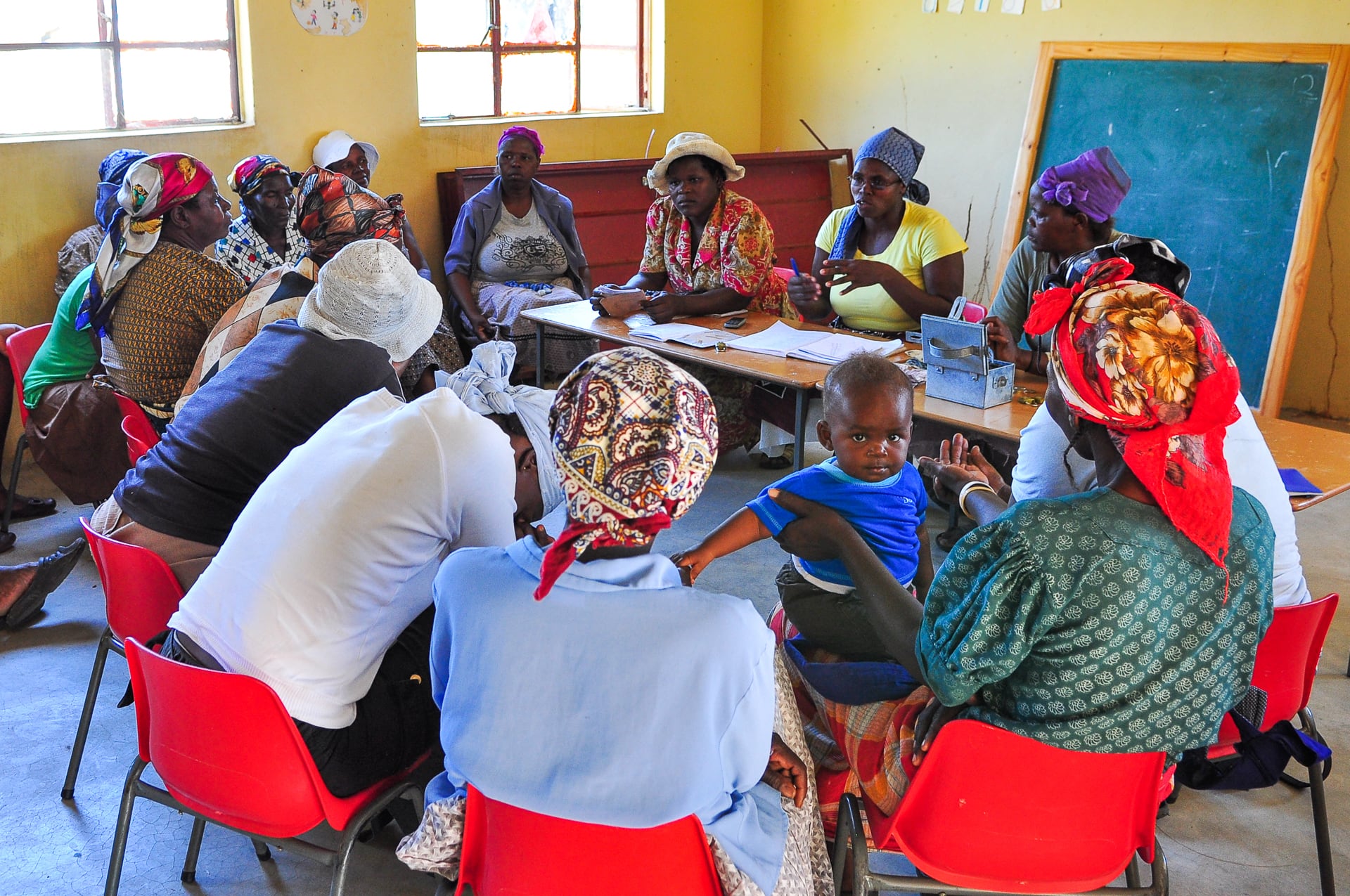
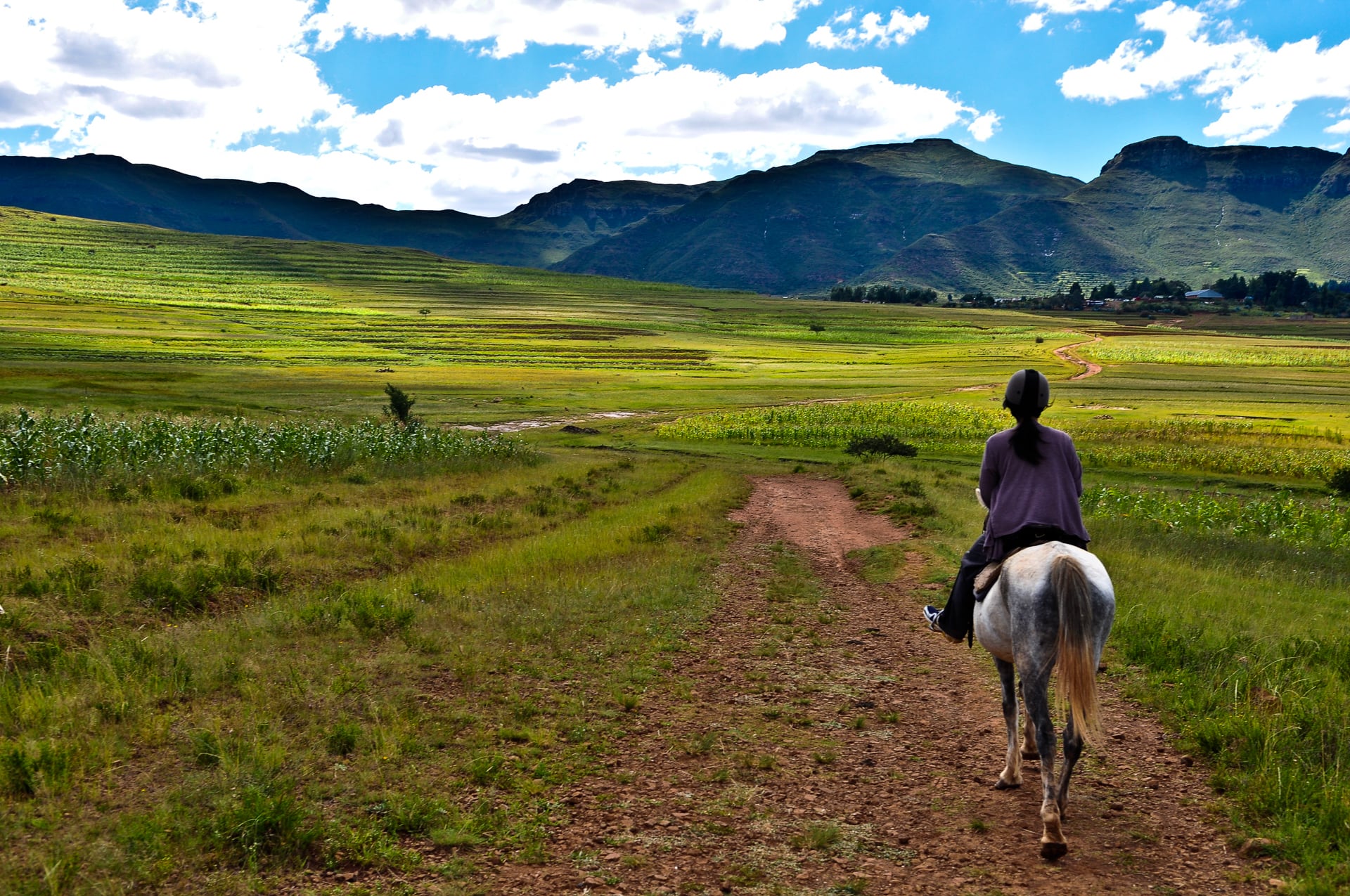
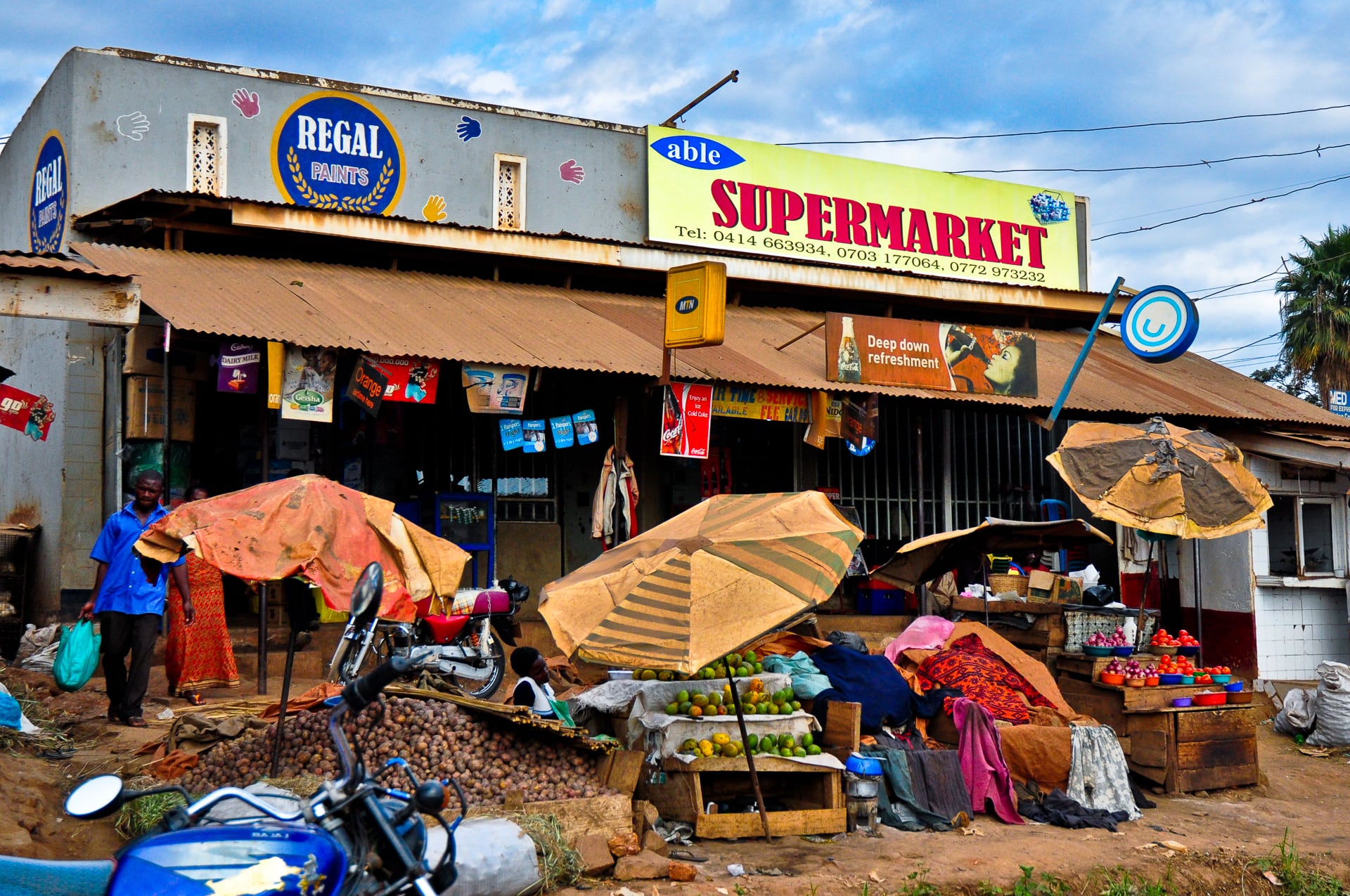
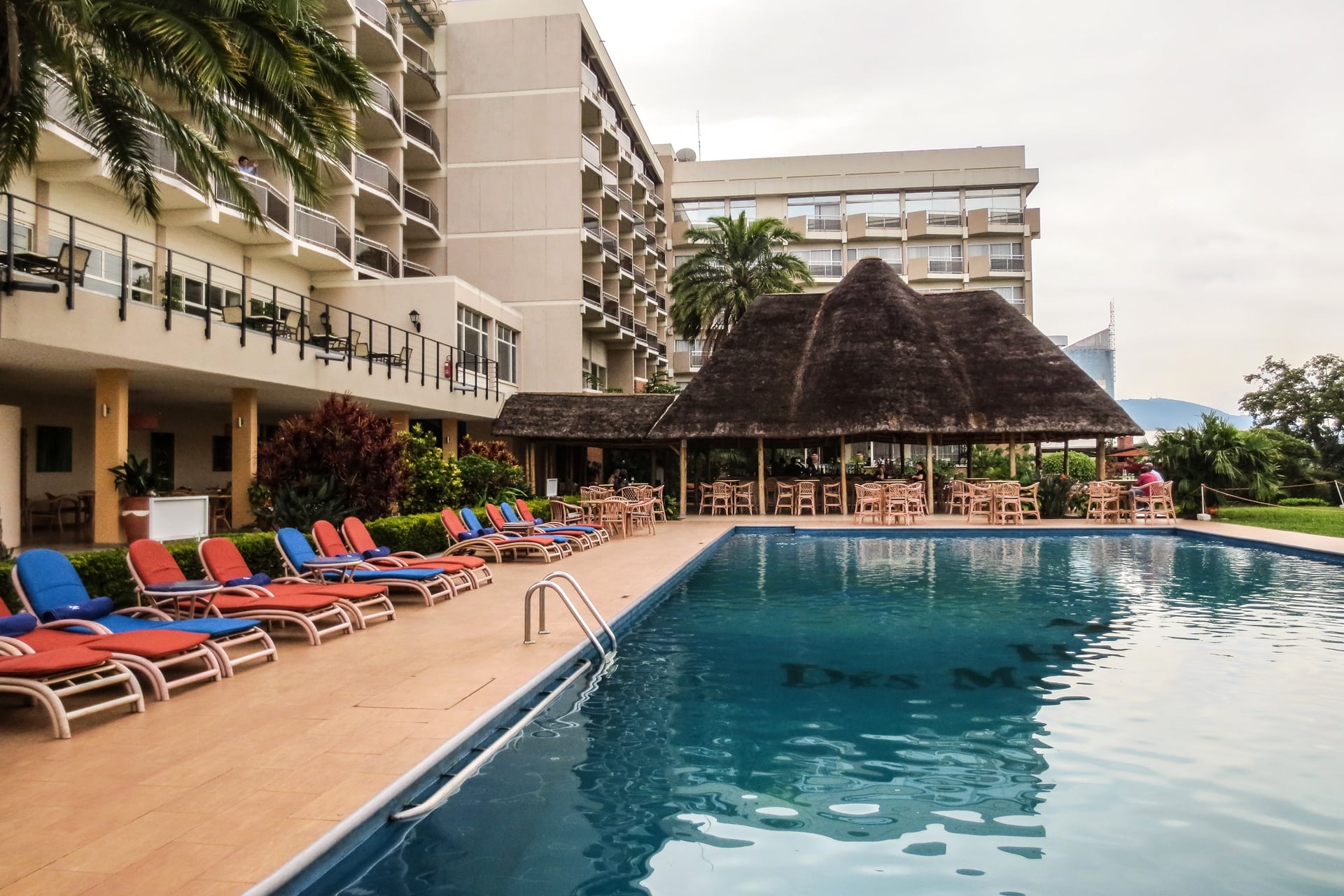
Great explanation of Pact’s work & the complexities of international development!
I noticed that the village women wear head scarves while the site visit crew and floor wax supervisor do not. What is the reason?